Should you buy a 4K monitor on Prime Day?
2K or full 4K? That is the question.
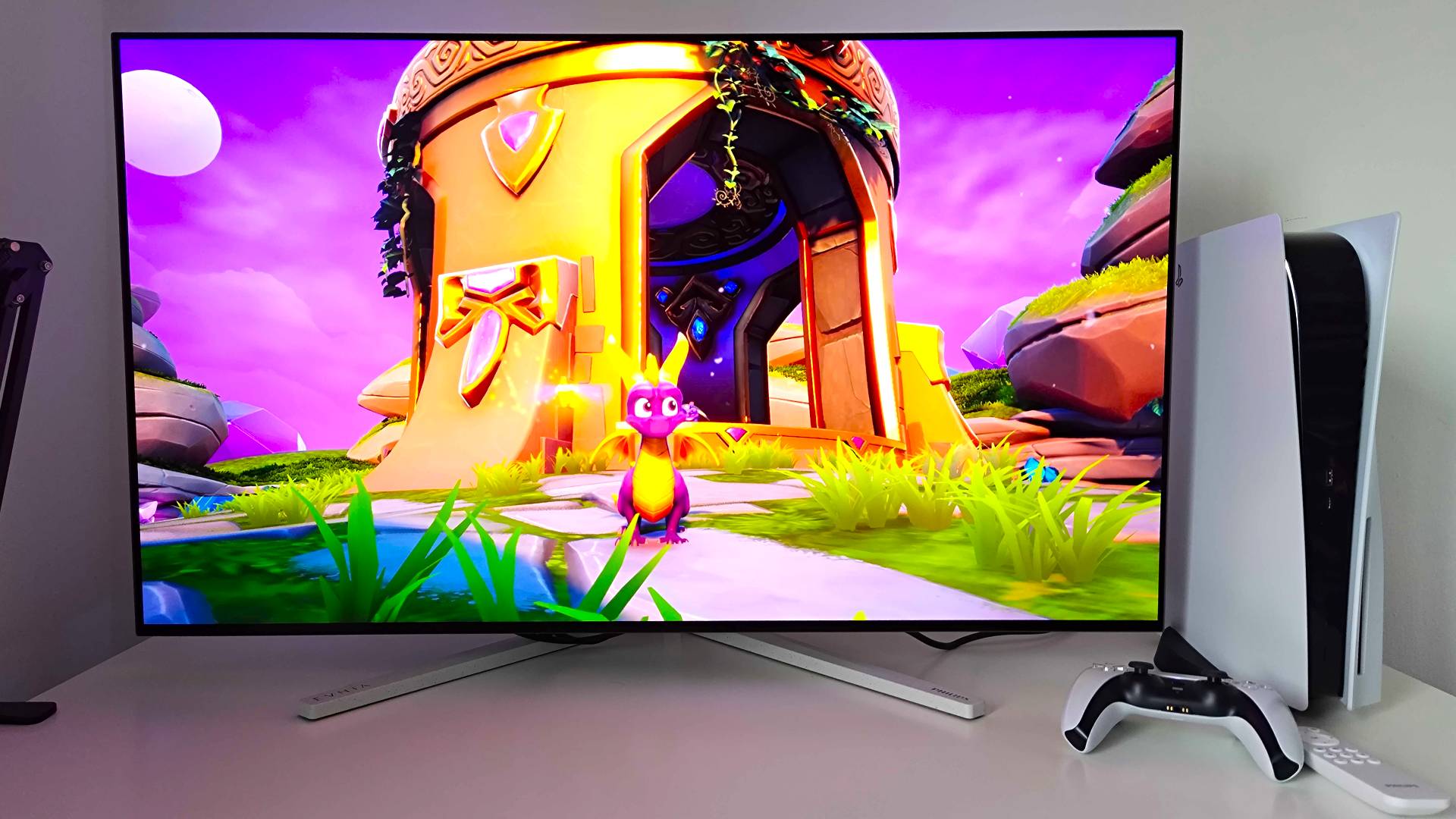
Amazon’s summer sale is closing in, and the question of whether to buy a 4K monitor on Prime Day is sure to be on some of your minds. After all, the seasonal event traditionally slashes screens of all shapes and sizes to record-low levels, and the latest releases are begging to flaunt detailed textures using a UHD display. Plus, high-resolution displays are now cheaper than ever, not to mention additional discounts that make them far more financially approachable than before.
That said, the question is should you focus on 4K when browning Prime Day monitor deals, which means there is no straight yes or no answer. If you’ve checked out my best gaming monitor roundup, you’ll notice that not every screen listed features a UHD resolution, as 1440p models are still all the rage in 2024. There’s also the fact that while many screens lack the high-res abilities of 4K displays, OLED and mini LED panels can bring more to the table and ultimately win in terms of visuals.
Yes, I know that only makes answering the question more complicated, but don’t worry, I’ve got a few handy tips that should help you figure out if you should buy a 4K monitor during Prime Day. The advice pretty much applies to buying a UHD screen in general, and if you’re reading this after the big day, you’ll likely still find it useful. However, I am writing this with Amazon’s big event in mind, as specific deals and comparative prices will matter when choosing a new screen.
Pick a panel to suit your setup
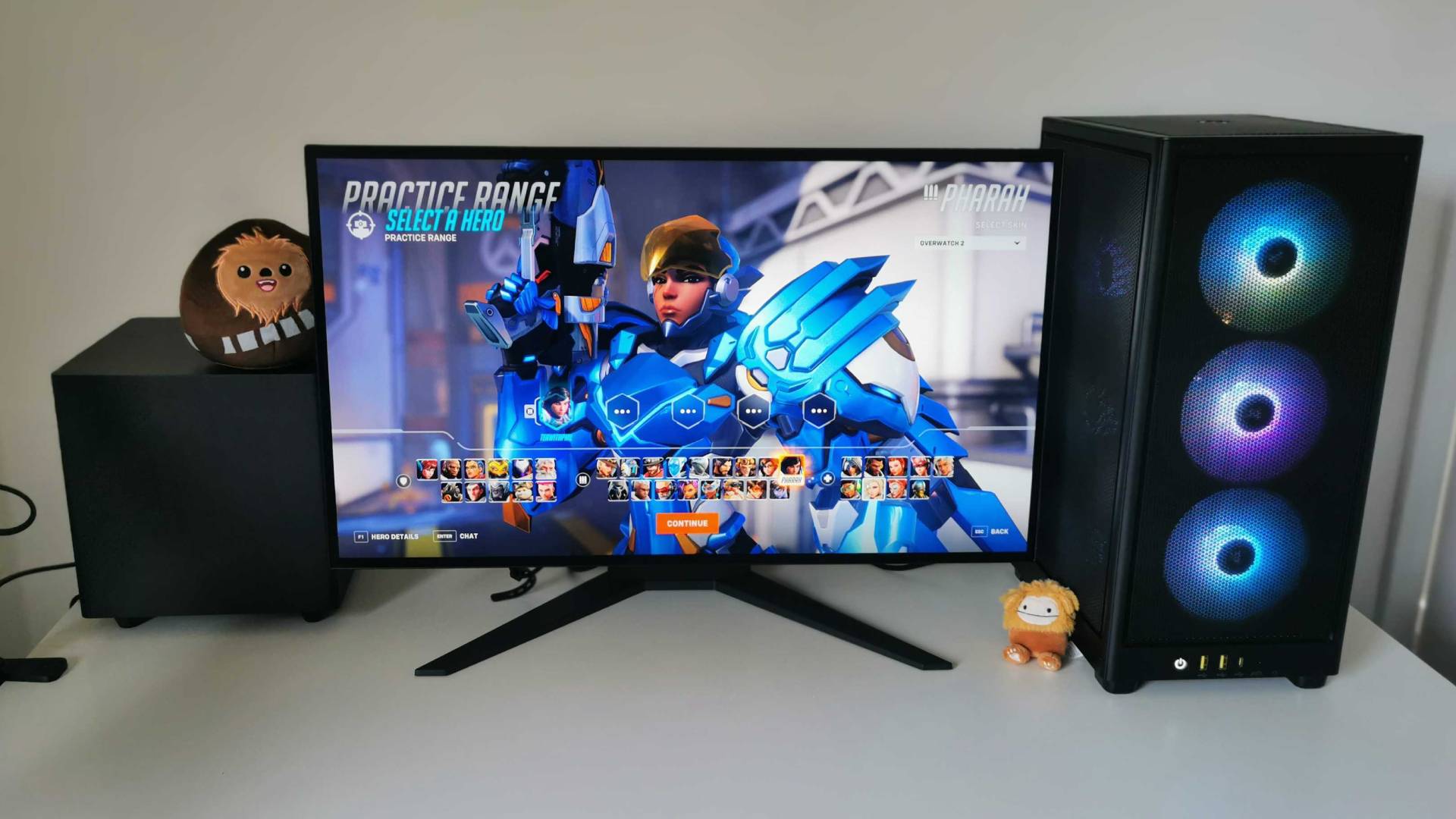
Before you immediately decide to pick up a 4K gaming monitor, I’d highly recommend double-checking your setup specs. If you’re a PC player, that will effectively mean working out whether your rig is built to handle UHD visuals or is better served hitting higher frame rates at 1440p. Some machines might even benefit from sticking to 1080p, as while the best graphics cards can handle the latest releases with ease, some models will provide a nicer experience at lower resolutions.
Even if you are rocking a monster like the Nvidia GeForce RTX 4090, competitive players are better off investing in a screen with a higher refresh rate. Unless you’re willing to pay top dollar for a UHD 240Hz model, most 4K displays out there will cap out at 144Hz, with some even sticking to a vanilla 60Hz. Choosing a 1440p or 1080p panel will help you spice things up to way beyond 360Hz, which will better match setups aiming to boost fps in shooters like Counter-Strike.
Where picking a 4K screen makes more sense is if you’re using a beefy gaming PC or one of the latest consoles. I mean, it makes sense to invest in glorious UHD visuals if you’ve splashed out on an RTX 4090 build or a PlayStation 5, right? Well, yes, but only when it comes specifically to sharpness and pixel density. If you’re the kind of player who can’t actually tell the difference between resolutions (I know you exist), I’d instead recommend looking at alternative ways to overhaul your favorite virtual realms.
Consider leaping to OLED instead
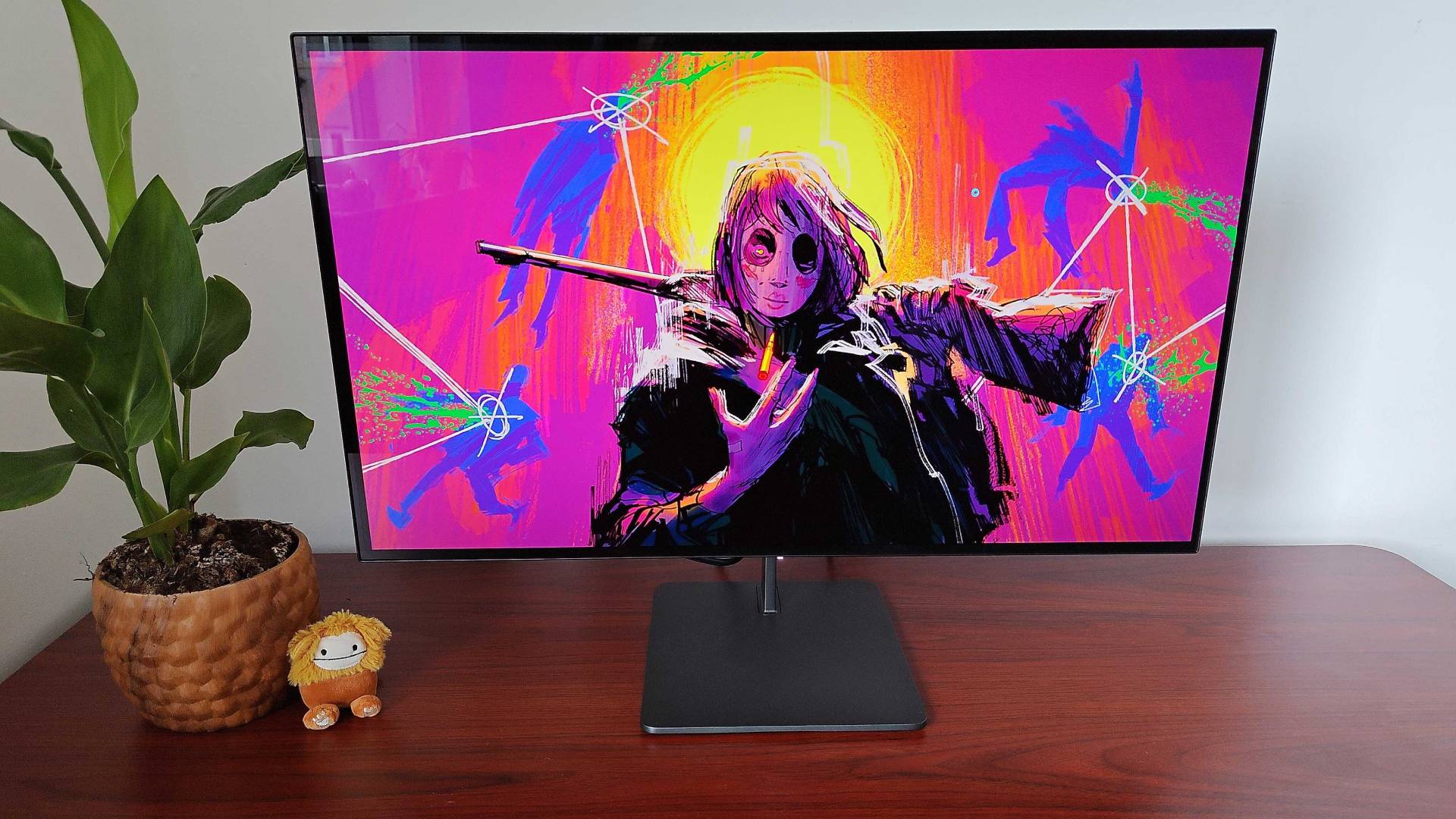
There’s a good reason OLED monitors are highly regarded by gamers, as they provide inky blacks and superior colors compared to older TN and LCD panels. That’s not to say they’re always better than alternatives like mini LED, but they certainly provide something different that’s more likely to appear striking. If you’re only interested in picking up a 4K display, you’ll be thrilled to know that OLED versions of UHD screens do exist, but choosing between one or the other might be a reality you face during Prime Day.
Weekly digests, tales from the communities you love, and more
One of my favorite monitors for PS5 right now is the Philips Evnia 42M2N8900 – an exceptional 4K OLED screen that brings sharpness and incredible contrast to the table. With any luck, Prime Day will work some magic on the display’s lofty $1,179.99 price tag, but unless you’re willing to pay close to the grand mark, you’ll want to consider 1440p options instead. Don’t get me wrong, those can be pretty expensive too, but if you stick with something like the KTC G27P6, you’ll be able to embrace the benefits of OLED, get a decent resolution to feed your PC or console, and pay around the $500 thanks to discounts.
Size first, then resolution
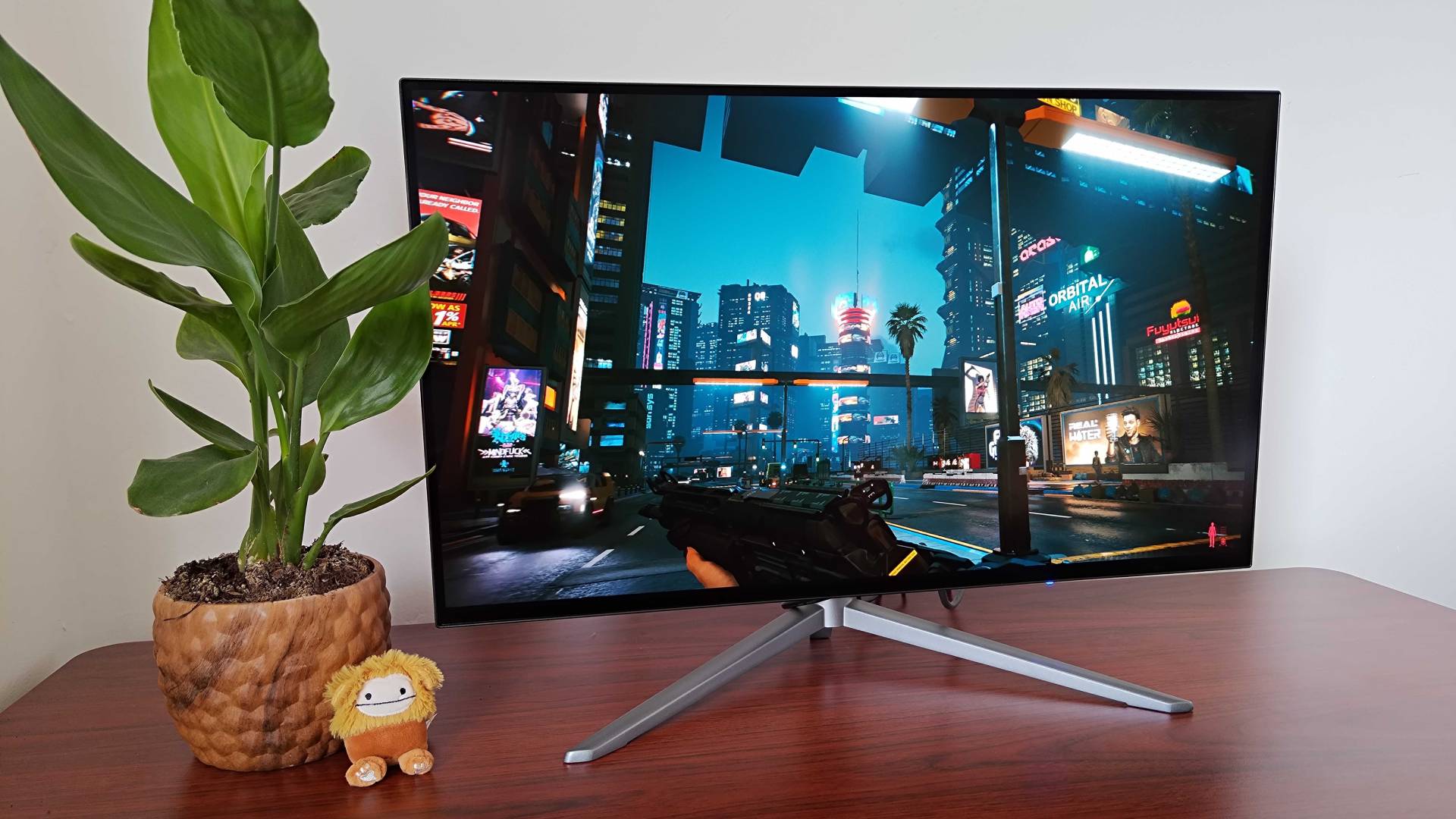
When it comes to monitors, size matters. No, I’m not trying to shame anyone with a tiny screen, and sometimes displays over 32 inches can look worse than their smaller counterparts. The general rule I like to use is to scale resolution with something that can make use of the extra pixels per inch, as you might otherwise end up with something that’s either overkill or looks blown-up and blurry.
If you choose a smaller 27-inch monitor, you’re also less likely to notice any softness associated with 1440p. Having tested screens like the Dough Spectrum Black and the Corsair Xeneon 27QHD240 in additional to the cheaper KTC option, I can confidently say that the differences aren’t noticeable when sitting at a gaming desk. Sure, if you get up close and personal you may detect some lower-res shenanigans going on, but the abilities of LG’s OLED panel tech shared across all three options make up for any of that.
On the flipside, you also won’t want to grab a 4K monitor that’s under 32-inch. It will ultimately look nice and sharp, but the results won’t look that different compared to QHD resolutions at an appropriate desktop distance. I’d argue that squeezing higher resolutions into a smaller footprint is only beneficial when it comes to gaming handhelds or even laptops that you’re going to get up close to, and grabbing a small monitor for conventional use is effectively spending money on specs you won’t use. Luckily, most manufacturers agree with this, so more often than not, 4K monitors will come in sizes suited to their resolution.
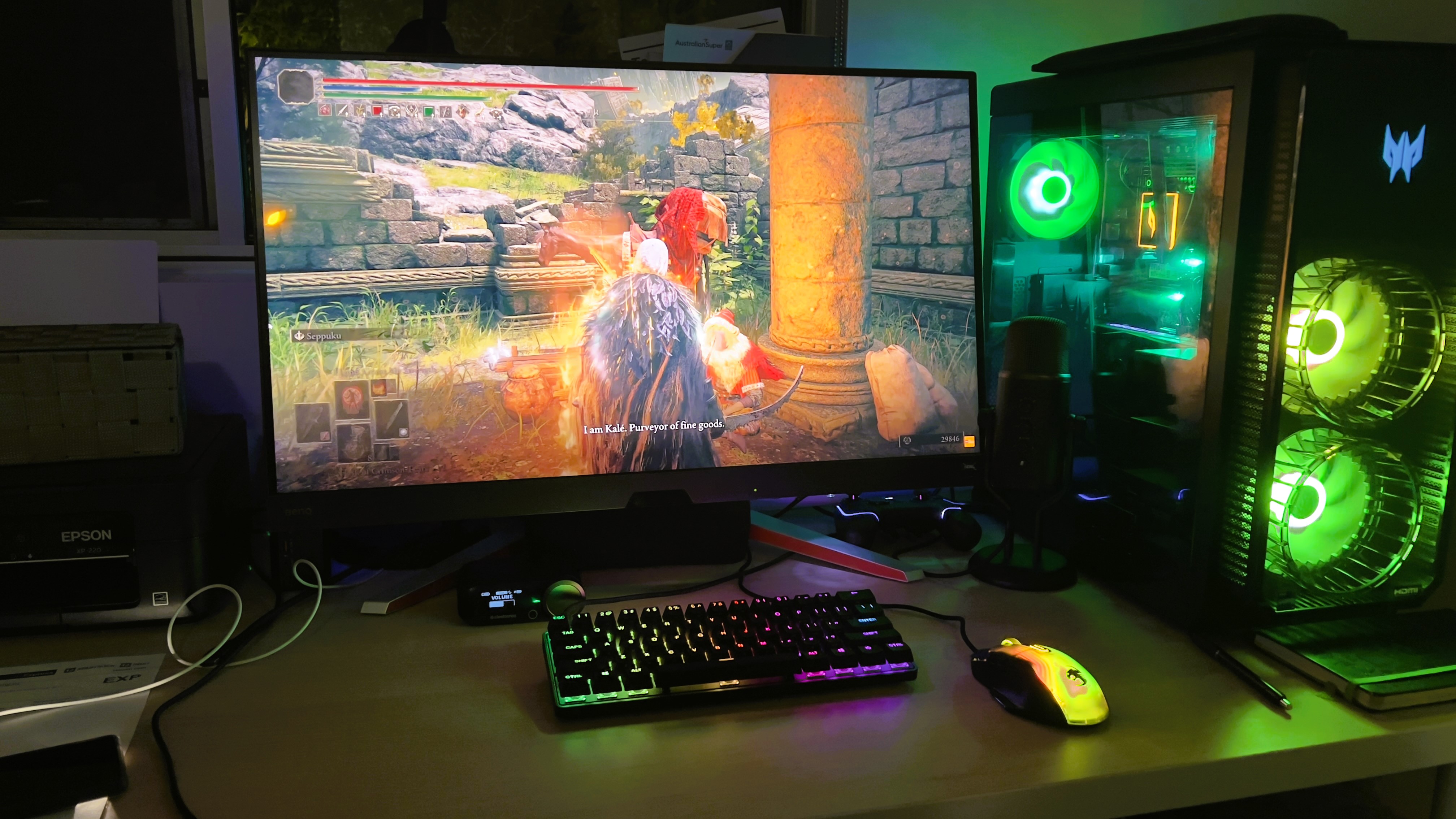
By this point, I’m sure some of you will have a better idea as to which monitor you should be considering. If not, then you might be better off browsing Prime Day gaming deals first to see if any specific offers grab your attention. Sometimes all it takes is the right discount to inspire some inspiration, and getting a feel for what both 4K panels and the tech required to make use of them will cost may help you decide.
This may sound a little silly, but I think some of you might also want to consider Prime Day TV deals instead. The gap between traditional televisions and desktop displays is super narrow in 2024, and if you’re thinking of picking up a 43-inch screen anyway, you might benefit more from picking up a 4K screen with extra media capabilities.
Looking to leave the house this summer? Swing by Prime Day Steam Deck deals and Prime Day Asus ROG Ally deals for rigs you can take on-the-go. Alternatively, Take a peek at Prime Day tablet deals if you’d rather cosy up with a lightweight machine.

Phil is currently the Hardware Editor at GamesRadar+ who specialises in retro gaming, the best gaming handhelds like the Steam Deck, and more modern components like graphics cards. Having spent years offering up classic console advice and over a decade as a gaming journalist for big names like TechRadar, The Daily Star, the BBC, Den of Geek, and many more, Phil now dedicates their days to covering the latest news and offering up invaluable setup advice.


